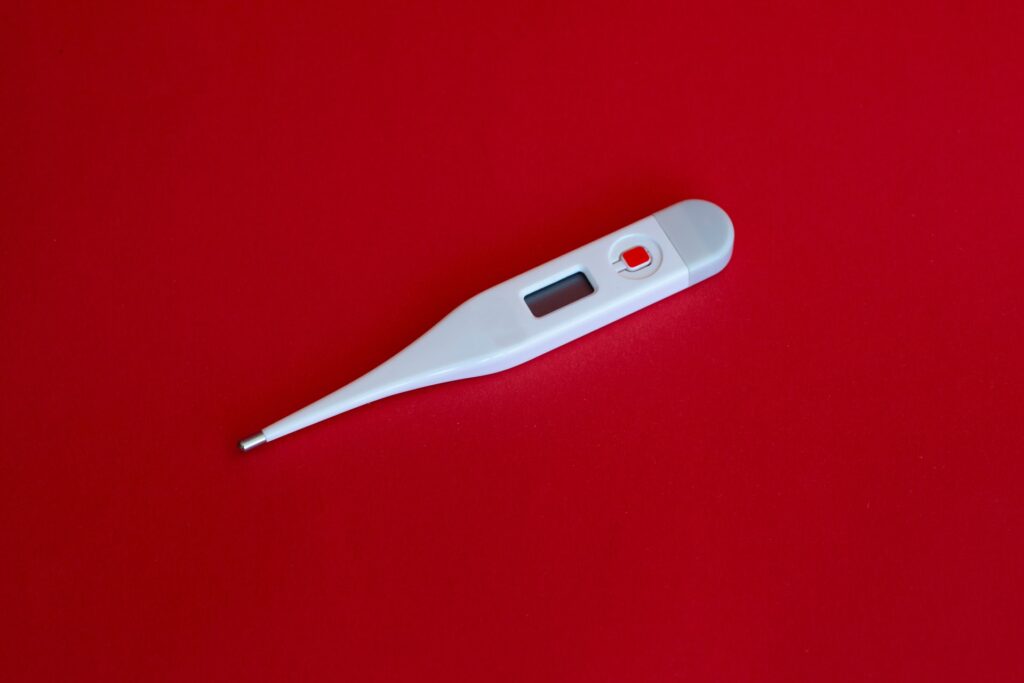While enteric fever is considered a historical affliction by many western countries, I feel it has a long-standing connection with Oxford. First described in 1678 as putrid fever by Thomas Willis whilst he was working with Christopher Wren (of Radcliffe camera architecture fame), the disease was once rife in the city of Oxford1. The parents of Alice Liddell, the inspiration of Lewis Carroll’s Alice in Wonderland, were known to have suffered from it2. Improvements in the water and sewage systems, advances in sanitation, and implementation of new vaccines mean it is now very rarely seen in higher income countries. But this is a stark contrast to other parts of the world where it is still a major cause of disability and fatality, the burden of which lies in school age children3.Enteric fever is caused by consuming food and drink contaminated with the human restricted bacteria; Salmonella Typhi and Salmonella Paratyphi. It manifests with such symptoms as prolonged high fever, headache, malaise, and if left untreated it can lead to delirium, gut perforations, and ultimately death4. The non-specific presentation and lack of a rapid, sensitive or specific diagnostic test means enteric fever is hard to distinguish from other febrile illnesses, and so is commonly treated with over the counter antibiotics. Overuse of antibiotics in this way drives emergence of resistant strains which in turn leads to further outbreaks5.

Development of sanitation and infrastructure would undoubtedly help control enteric fever in low and middle income countries (LMICs), however changes on this scale are long and expensive and therefore inaccessible. In the short to medium term, vaccination is thought to have an important role in limiting disease prevalence with multiple vaccines against Salmonella Typhi existing. Early vaccines were unsuitable for use in young children, but more than 100 years after the first typhoid vaccine was used in soldiers, the development of typhoid conjugate vaccines have proven to protect young children reducing disease by up to 81% in a study in Nepal6. In 2019, two years after the WHO pre-qualified a typhoid conjugate vaccine, it was given to 10 million children to help combat a three year multi-drug resistant typhoid fever outbreak in the Sindh province in Pakistan7. Despite these successes, there are currently no licensed vaccines against Salmonella Paratyphi which was once thought to be the second leading cause of enteric fever. Now, it is now increasing in incidence and some reports suggest it is responsible for the majority of enteric fever cases in South East Asia8. Therefore, vaccine programmes aimed at eradication of enteric fever will likely require parallel interventions targeted towards both S. Typhi and S. Paratyphi.
Little is known about immunological protection against Salmonella Paratyphi infection, although extrapolating from our knowledge of S. Typhi it is likely that antibodies have an important role. Antibodies are small protein-sugar complexes that circulate in the blood and line mucosal barriers. They act as immunological translators; binding to harmful pathogens on one end and providing immunological stimulus from the other, aiding clearance of dangerous invaders. To date, studies have poorly addressed the role of antibody functionality in protection against paratyphoid fever. I therefore aim to dissect immunological protection and contribution of antibody activity to paratyphoid fever.
A Controlled Human Infection Model (CHIM) is being developed here at Oxford where healthy volunteers are exposed to Salmonella Paratyphi bacteria in a controlled, safe environment. This provides a unique opportunity to investigate associations between different antibody characteristics and protection from acute fever, and can also be used to determine vaccine efficacy. An equivalent model was utilised to understand mechanisms of protection underpinning a new typhoid conjugate vaccine9. Successful identification of a protective correlate (an easy to measure biological marker) against Salmonella Paratyphi will not only allow us to screen potential vaccine candidates more readily and lessen the need for lengthy vaccine efficacy trials (something we can appreciate when comparing to development of a COVID19 vaccine), but will also provide immunological insight into the methods of protection enhancing future vaccine design.
We are at a unique point in history where we are more aware than ever of the need for vaccines in controlling infectious diseases, and now we have a valuable opportunity to further our understanding of Salmonella Paratyphi immunology with the very real possibility of positively impacting global health.
- Bates, D. G. Thomas Willis and the fevers literature of the seventeenth century. Med. Hist. 25, 45–70 (1981).
- Vanderslott, S. Kirchelle, C. Decades neglecting an ancient disease has triggered a health emergency around the world. https://theconversation.com/decades-neglecting-an-ancient-disease-has-triggered-a-health-emergency-around-the-world-121282 (2020).
- Crump, J. A., Sjölund-Karlsson, M., Gordon, M. A. & Parry, C. M. Epidemiology, clinical presentation, laboratory diagnosis, antimicrobial resistance, and antimicrobial management of invasive Salmonella infections. Clinical Microbiology Reviews, 28, 901–937 (2015).
- Stanaway, J. D. et al. The global burden of typhoid and paratyphoid fevers: a systematic analysis for the Global Burden of Disease Study 2017. Lancet Infect. Dis. 19, 369–381 (2019).
- Zaki, S. A. & Karande, S. Multidrug-resistant typhoid fever: A review. Journal of Infection in Developing Countries, 5, 324–337 (2011).
- Shakya, M. et al. Phase 3 Efficacy Analysis of a Typhoid Conjugate Vaccine Trial in Nepal. N. Engl. J. Med. 381, 2209–2218 (2019).
- World Health organisation. Pakistan introduces typhoid conjugate vaccine (TCV) into routine immunization schedule in world first. http://www.emro.who.int/pak/pakistan-news/pakistan-introduces-typhoid-conjugate-vaccine-tcv-into-routine-immunization-schedule-in-world-first.html (2019).
- Sahastrabuddhe, S., Carbis, R., Wierzba, T. F. & Leon Ochiai, R. Increasing rates of Salmonella Paratyphi A and the current status of its vaccine development. Expert Rev. Vaccines 12, 1021–1031 (2013).
- Jin, C. et al. Vi-specific serological correlates of protection for typhoid fever. J. Exp. Med. 218, (2021).